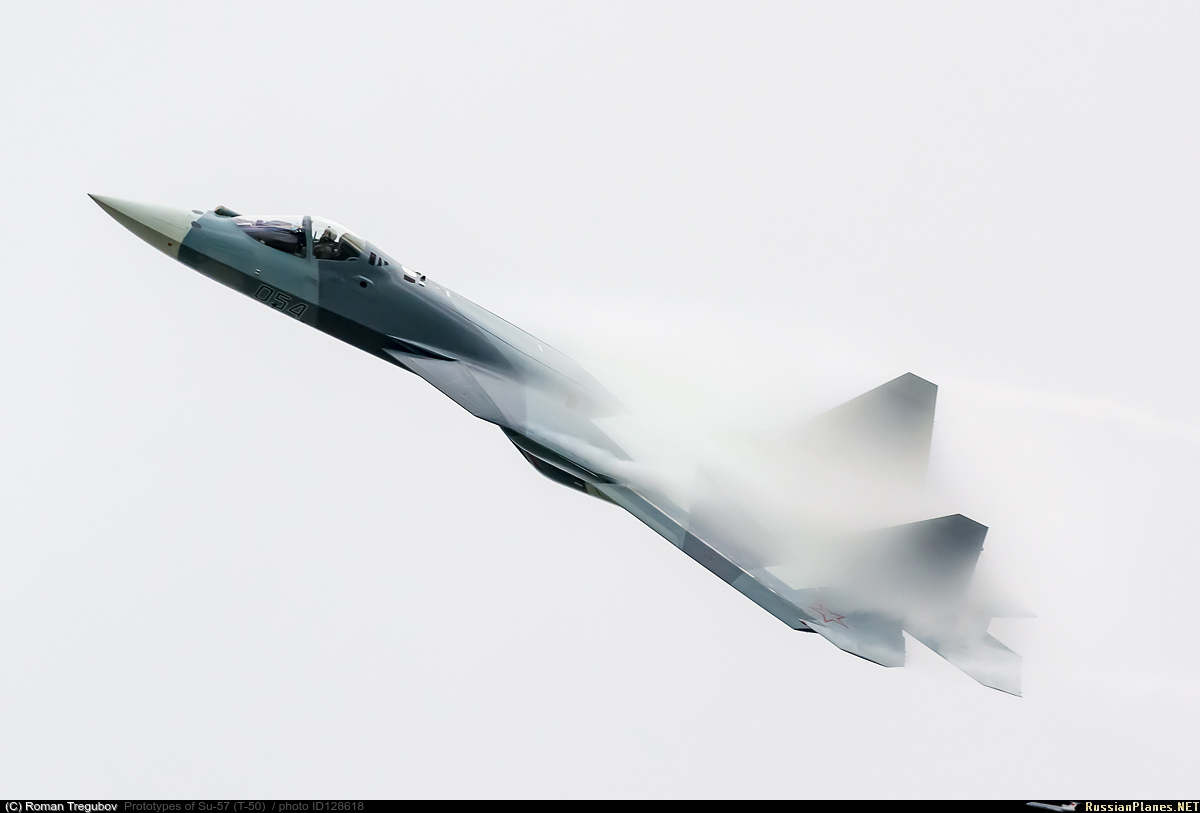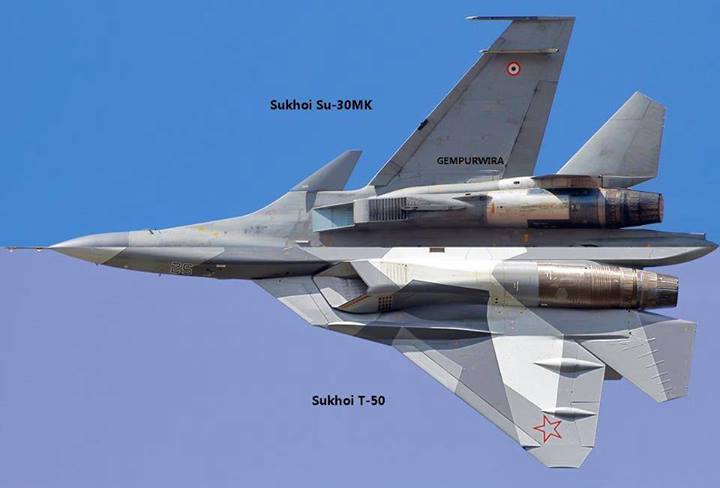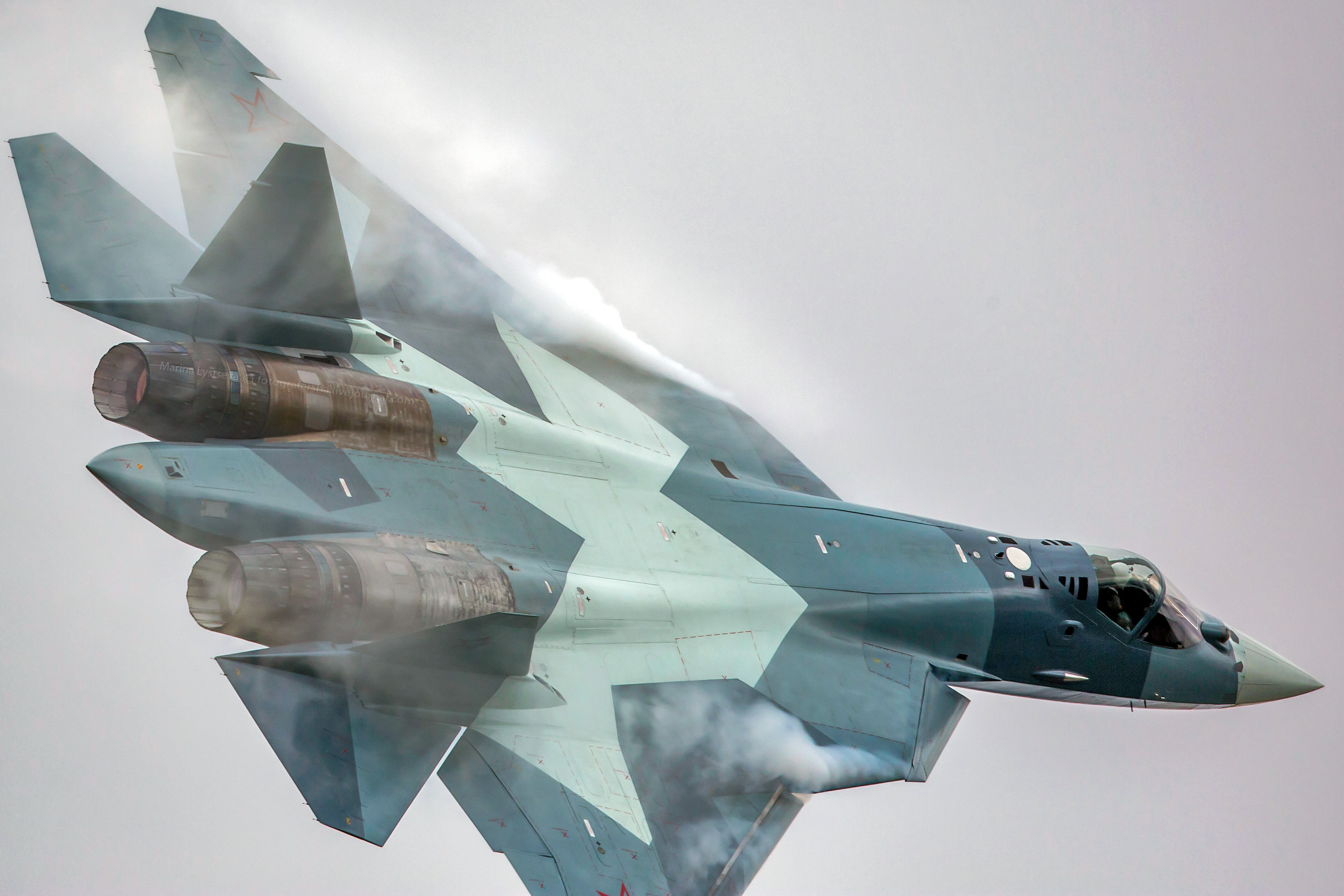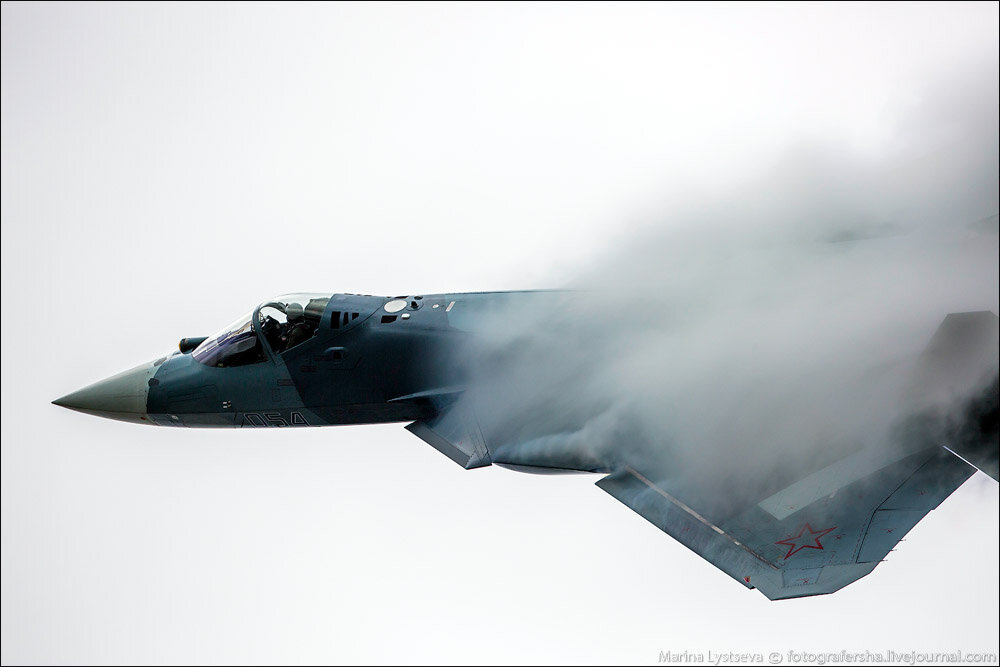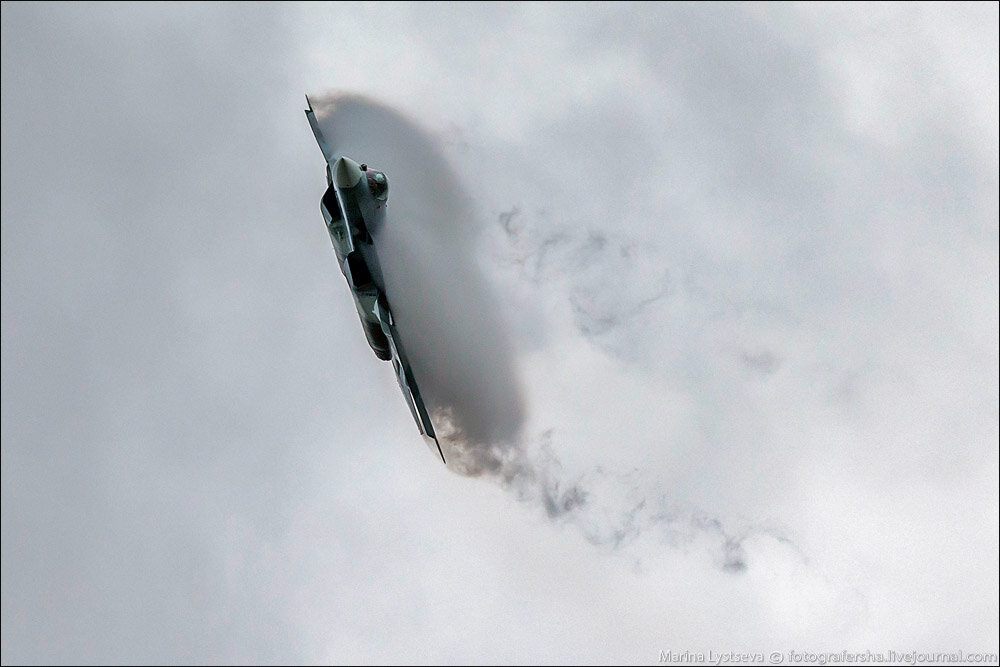Engineer
Major
Engineer's sophistry is quickly getting old; this is a quick and easy loadout:
So tell me again that airframe costs make up relatively little of aircraft costs. Even if it were true, the fact is that the radar and engines tend to be scaled to airframe weight; larger aircraft require larger engines than smaller aircraft and can be designed to support more capable radars.
If you're going to bash me over that, also consider the B-2. It's listed as costing about $750 million per unit. The engines are 4 F118 non-afterburning engines derived from the F-16's F110, and the radar is known to cost $50 million for the array; the FCC accidentally sold its radar frequencies to a commercial user, which required a $1 billion project to redesign and install 20 new AESA arrays for 20 B-2s. In either case, when the airframe's total cost is about $750 million, the cost of both engines and avionics are thus minuscule.
I will concede on the point of cost breakdown, since I mistakenly used airframe cost as total cost in my previous analysis. Regardless, it doesn't help your case at all. Looking at fiscal budget 2006, the unit cost of F-22A less advance procurement is around 129.76 millions. Accounting for inflation, that is 152.09 millions in 2014.

Looking at fiscal budget at 2014, the unit cost for F-35 less advance procurement is around 152.08 millions.

Your small aircraft is not that much cheaper than the larger aircraft.
Last edited:


